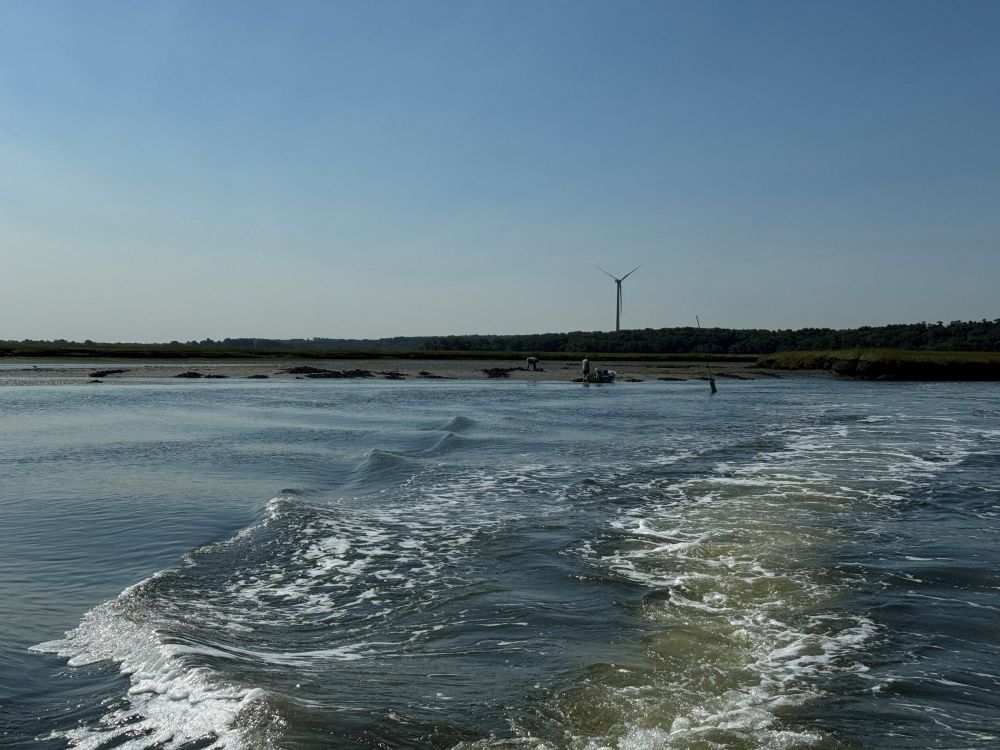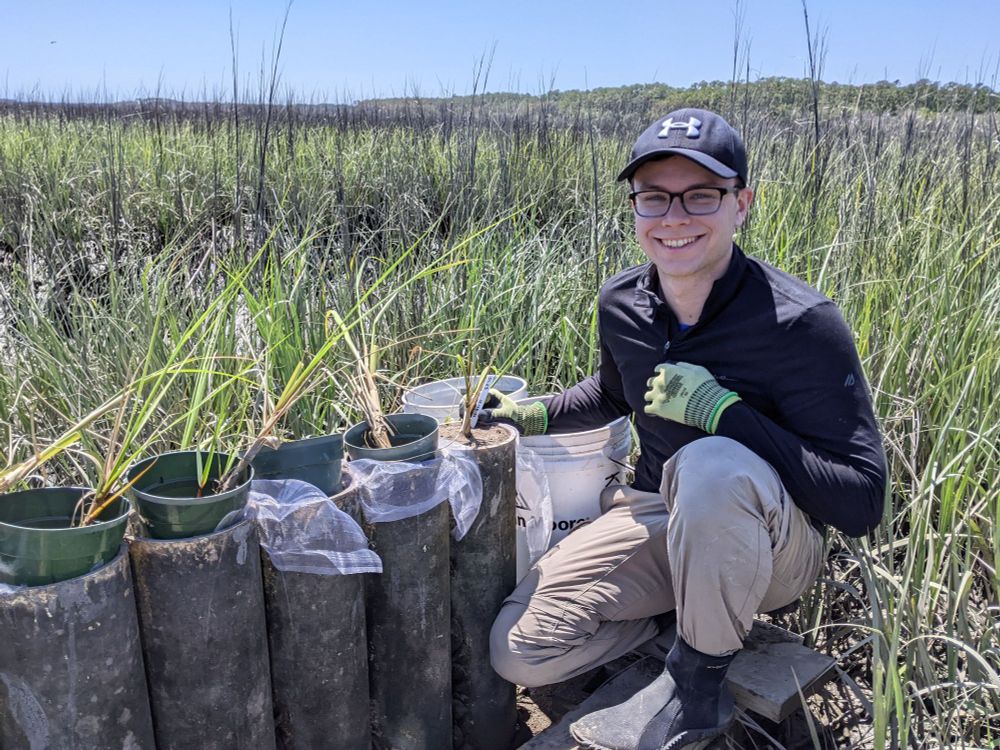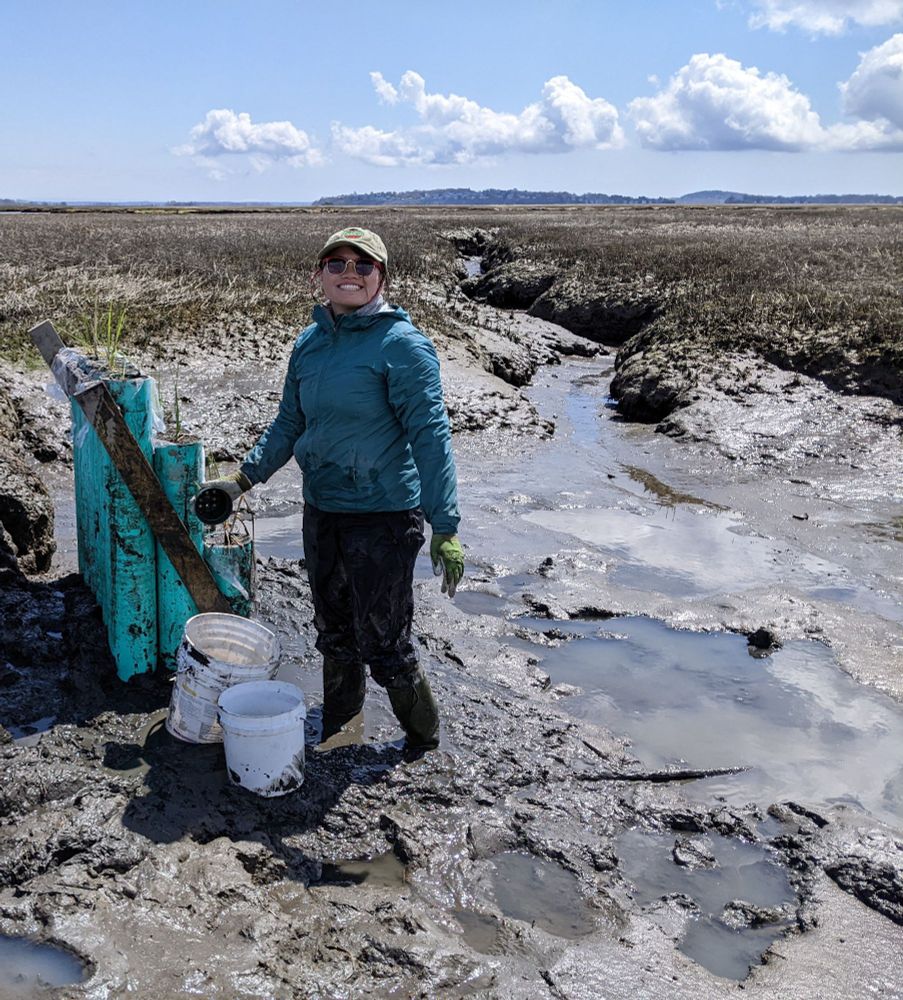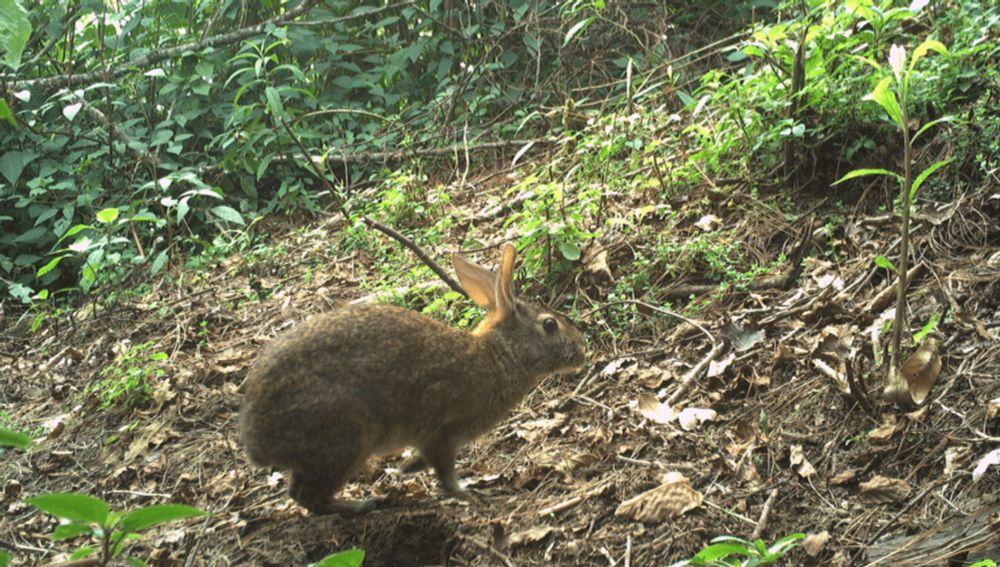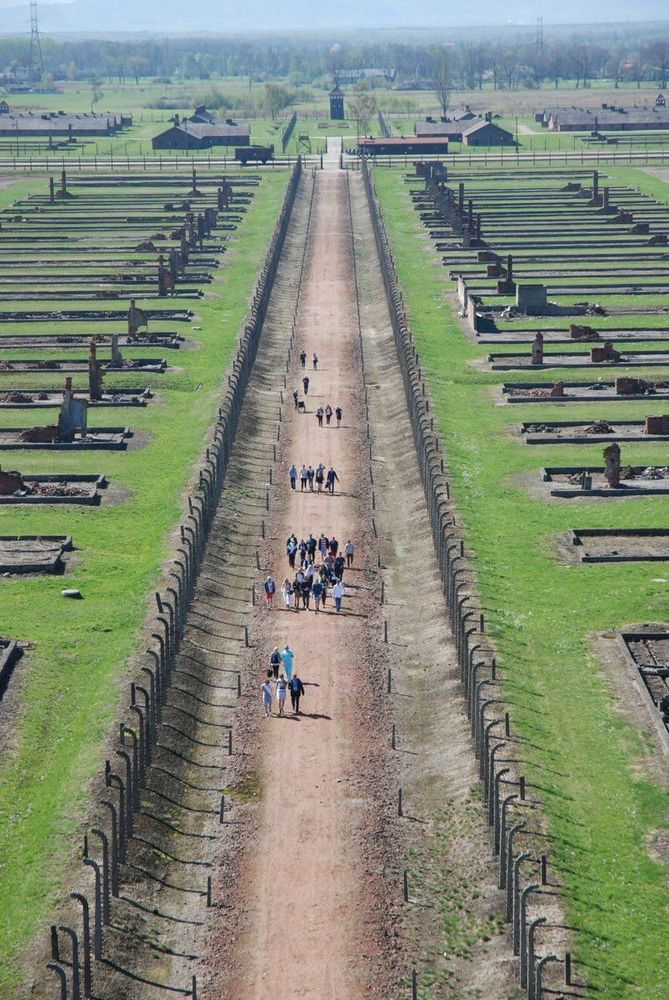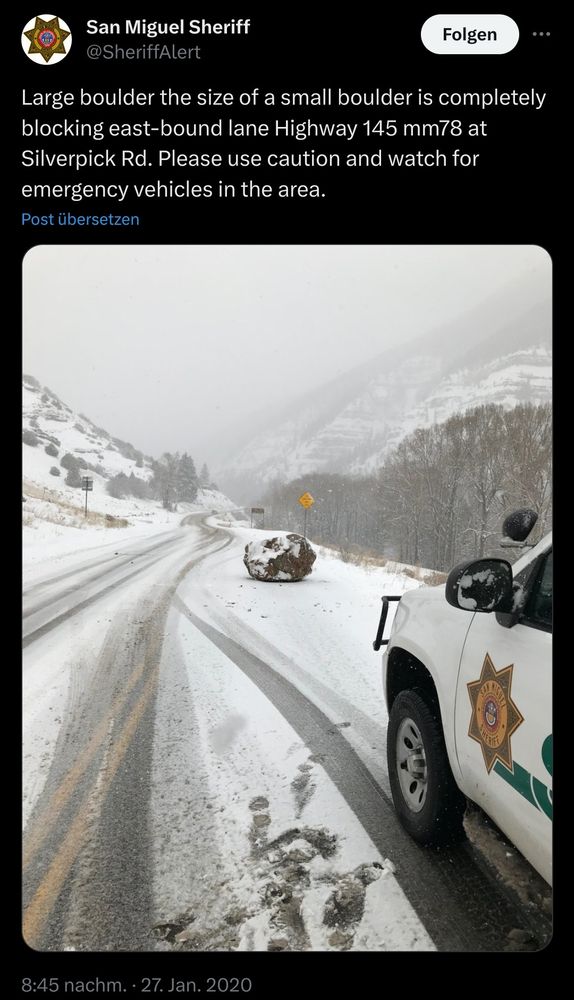Jen Bowen
@bowenlab.bsky.social
1.3K followers
2.5K following
17 posts
Marshes, mud, and microbes! Microbial ecologist interested in the intersection of microbial genomics and biogeochemistry.
Posts
Media
Videos
Starter Packs
Reposted by Jen Bowen
Reposted by Jen Bowen
Reposted by Jen Bowen
Reposted by Jen Bowen
Reposted by Jen Bowen
Reposted by Jen Bowen
Jen Bowen
@bowenlab.bsky.social
· Aug 24
Jen Bowen
@bowenlab.bsky.social
· Aug 24
Jen Bowen
@bowenlab.bsky.social
· Jun 17
Reposted by Jen Bowen
Reposted by Jen Bowen
Reposted by Jen Bowen
Reposted by Jen Bowen
Jen Bowen
@bowenlab.bsky.social
· Feb 3
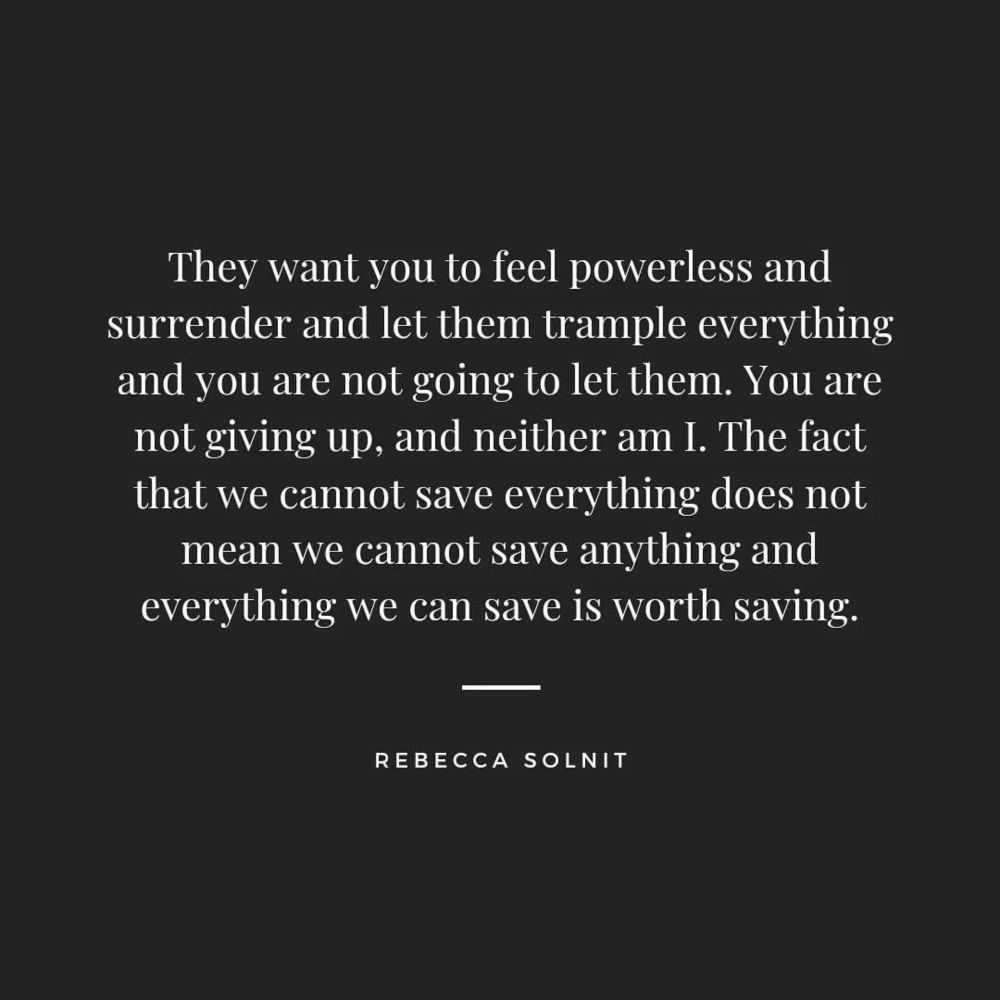
Welcome to Meditations in an Emergency
We are very clearly in a lot of emergencies right now. They demand action. But action demands thought and thoughtfulness: who are we, what are our values, our goals, our allies, our possibilities, and...
meditations-in-an-emergency.ghost.io
Reposted by Jen Bowen
Jen Bowen
@bowenlab.bsky.social
· Jan 29
Reposted by Jen Bowen
Reposted by Jen Bowen
Jen Bowen
@bowenlab.bsky.social
· Nov 15
Jen Bowen
@bowenlab.bsky.social
· Nov 15
Adam Frew
@frewecologist.bsky.social
· Nov 15

Evaluating the Usefulness of the C‐S‐R Framework for Understanding AM Fungal Responses to Climate Change in Agroecosystems
Arbuscular mycorrhizal (AM) fungi play a key role in terrestrial ecosystems. However, critical gaps in understanding AM fungal ecology still limit predictions of their responses to global change in a...
doi.org









